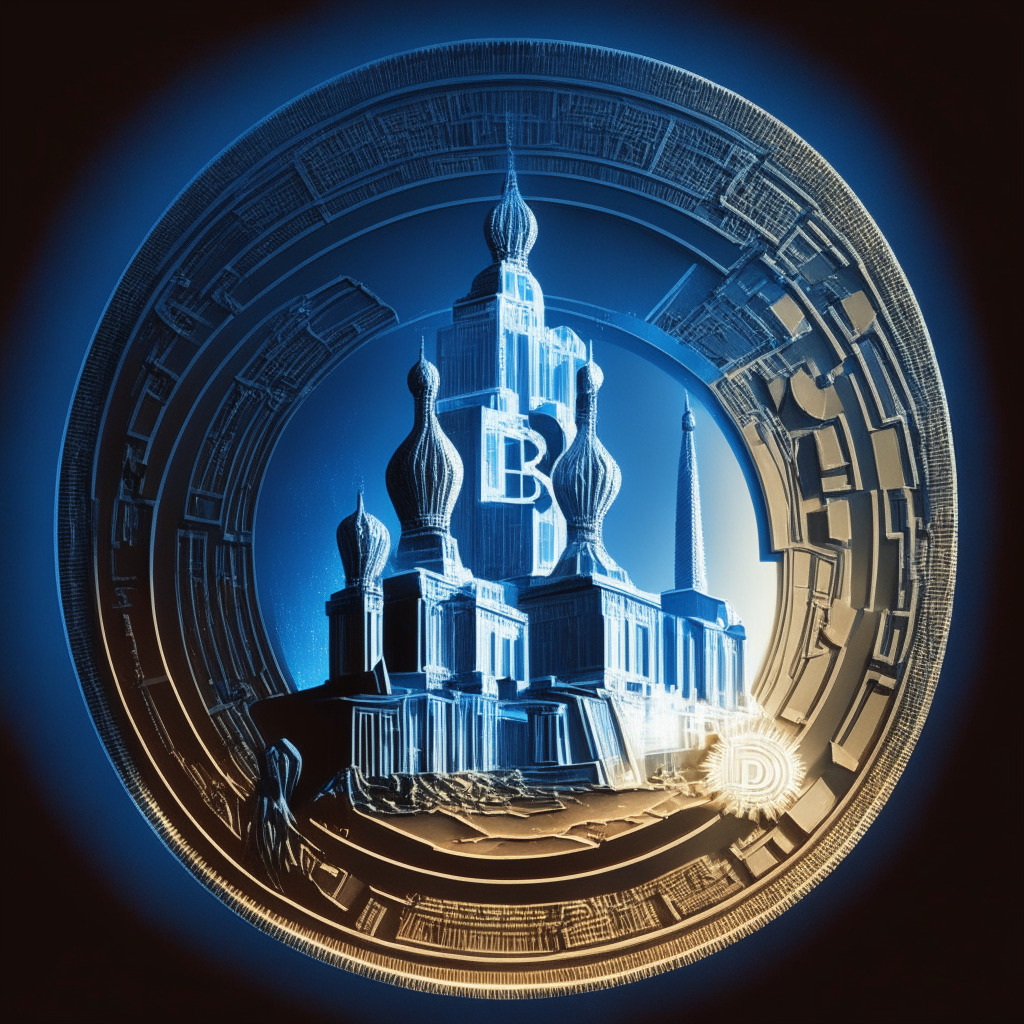The Central Bank of Russia’s decision to cap the amount of digital ruble tokens recent captured international attention. The bank had announced that digital ruble wallets could only be topped up with a maximum of 300,000 rubles (about $3,070) per month. These caps were intended to apply to both Russian citizens and non-residents in a move to prevent potential supply issues. Elvira Nabiullina, the Governor of the Central Bank, made this declaration in a bid to maintain market stability.
Despite this, the long-serving head of the State Duma’s Committee on the Financial Markets, Anatoly Aksakov has suggested a possible change — removing this cap for the non-Russian investors, potentially allowing them to buy “millions” of Central Bank Digital Currency (CBDC) coins. This move is seen as a strategy to simplify foreign investment in Russia, and also ease the process for non-residents wishing to buy Russian digital financial assets (DFAs).
DFAs are increasingly seen as an exciting investment opportunity. They’re a term used by Russian politicians to describe digitized commodities and digital securities. Legislation recently introduced that enables foreign organizations, including banks, to identify foreign clients, opens the opportunity for these clients to operate on Russian stock markets and purchase digital securities.
However, the initial introduction of transaction caps in digital rubles was done to mitigate the risks of fraud and to assess the impact on the liquidity of the banking sector. Scrapping this cap for non-residents could encourage overseas investment, but it could also increase risks.
Looking at the Central Bank’s about-face on transaction limits, one consideration driving this change could be the possibility of meeting the needs of commercial and industrial sectors that may require significant volumes of digital ruble tokens for their operations.
In the end, this is another step towards the adoption and normalization of digital currencies globally. It supports Aksakov’s larger vision for DFAs’ role in rejuvenating the Russian economy and stimulating foreign interest in its markets. However, every opportunity for progress brings new challenges to the fore, and in this case, these involve the potential risk of fraud and the destabilization of their banking sector. As more countries shift towards digitized currency, these decisions and their outcomes will be closely watched by the global community.
Source: Cryptonews




